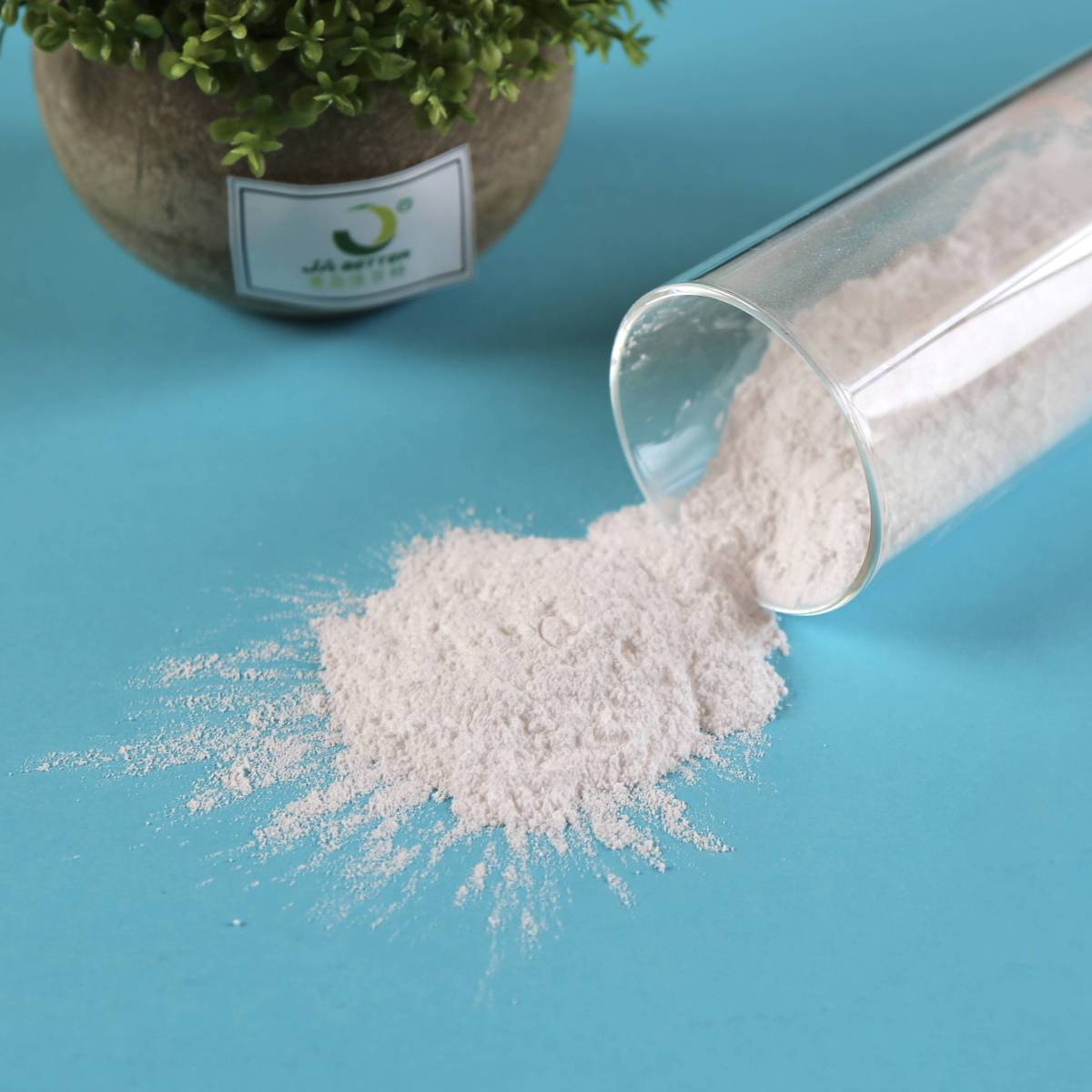Welcome to Qingdao Jabetter New Material Technology Co., Ltd. Official Website!
Expansive microspheres, as a functional material, demonstrate broad application value across numerous fields due to their unique physical properties. These small yet powerful materials can expand when heated, providing products with lightweighting, thermal insulation, shock absorption, and other multifunctional benefits. This article systematically introduces the typical applications of expansive microspheres in four major sectors: building materials, automotive manufacturing, daily necessities, and specialty products.
Innovative Applications in Building Materials
Expansive microspheres play a revolutionary role in the construction industry, enhancing the performance of traditional building materials:
PVC Wallpaper and Flooring: The addition of expansive microspheres significantly improves thermal and acoustic insulation while reducing weight for easier installation.
Synthetic Wood and Sandwich Panels: Microspheres create a microporous structure, lowering material density while enhancing insulation and impact resistance.
Piping Systems: Their use in hoses and tubing improves flexibility and pressure resistance.
Adhesive Materials: Microspheres in tapes and foam tapes provide better cushioning and adhesion.
These applications not only enhance the functionality of building materials but also meet modern demands for lightweight, energy-efficient, and eco-friendly construction.
Multifunctional Solutions in the Automotive Industry
The automotive manufacturing industry has stringent requirements for material performance, where expansive microspheres demonstrate their versatility:
Sealing Systems: Used in door and window seals to provide excellent waterproofing and dustproofing.
Interior Materials: Applications in synthetic leather and car mats reduce weight while improving comfort.
Vibration Damping and Noise Reduction: Microspheres in shock-absorbing adhesives and rubber gaskets effectively absorb vibrations, enhancing the driving experience.
Special Coatings: Microspheres in Under Body Coating (UBC) improve rust and corrosion resistance.
Expansive microspheres help automakers balance lightweighting with performance enhancement while complying with environmental regulations.
Thoughtful Designs in Daily Life
Expansive microspheres play a subtle yet crucial role in many everyday products:
Footwear: Added to shoe soles to significantly improve cushioning and comfort.
Creative Materials: Ultra-light resin clay becomes exceptionally lightweight with microspheres, popular among DIY enthusiasts.
Packaging Materials: Synthetic corks maintain the performance of traditional corks while ensuring consistency.
Specialty Papers: Microsphere technology in thermal paper ensures more uniform color development and higher sensitivity.
These applications bring advanced materials into everyday life, improving product performance and user experience.
High-Tech Applications in Specialty Products
In specialized fields, expansive microspheres showcase their unique technological value:
Smart Materials: Expansive inks create three-dimensional effects when heated, widely used in anti-counterfeiting labels and creative designs.
Functional Coatings: Microspheres form microstructures in coatings, providing insulation, anti-corrosion, or decorative properties.
Precision Manufacturing: Potential applications in high-end fields like electronic component encapsulation are being explored.
These specialized applications often combine cutting-edge material science, highlighting the potential of expansive microspheres in innovation.
Future Prospects
With advancements in material science, the applications of expansive microspheres will continue to expand. Eco-friendly microspheres with adjustable expansion temperatures are under development, offering new possibilities for green buildings, new energy vehicles, and other emerging industries. Additionally, the integration of nanotechnology and microsphere materials may open new applications in more advanced fields such as healthcare and electronics.
Though small, expansive microspheres play an irreplaceable role in modern industry and daily life, and their future development holds great promise. From the floors beneath our feet to the cars we drive, from everyday items to high-tech products, these tiny materials are quietly transforming our material world.


